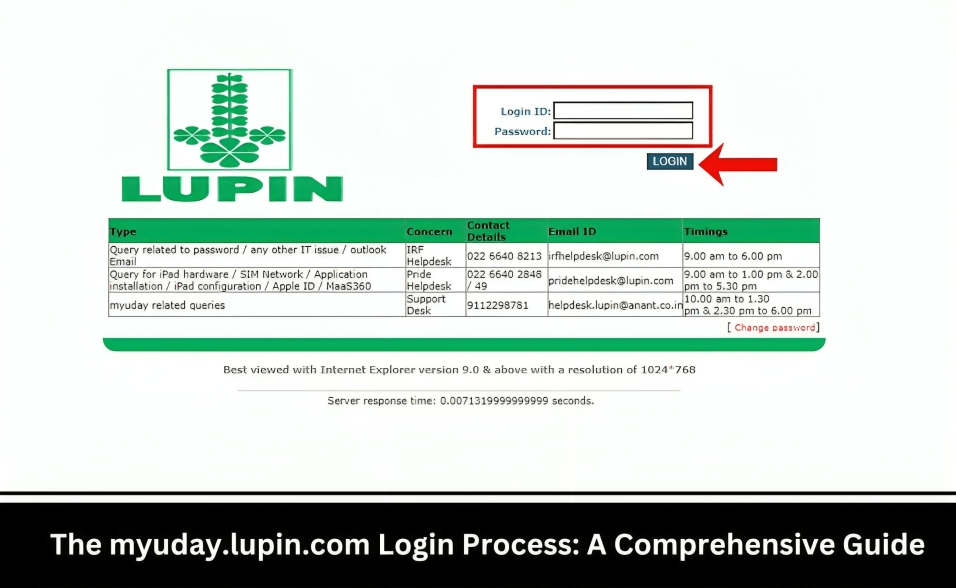In a fast-moving industry like manufacturing, one strives to be more efficient. While ensuring that quality will not drop, conditions are given to achieve high efficiency in production welding. Whether you are a pro or just getting started, knowing some of the best practices and tips for maximizing efficiency in production welding can make quite a difference in operations.
Now, let’s understand some of the key strategies that will help with your welding processes for productivity:
Understanding Production Welding
Production welding occurs in manufacturing, where large product volumes are constantly produced quickly. Unlike custom or repair welding, production welding involves repetitive tasks and often involves automated or partially automated systems. The goal is to make solid and accurate welds at the fastest possible rate, ensuring quality and not creating waste.
Best practices to help maximize your efficiency
Invest in Advanced Technology
One of the most potent ways to increase production welding efficiency is to integrate advanced technology into the processes. Automated welding systems, such as robotic arms and CNC machines, can significantly reduce time spent on welding while delivering quality consistency. Laser welding services utilize fine-accuracy technologies, making them ideal in production.
Implement Proper Workflow Management
Good workflow management is a function that reduces idle time and promotes productivity. First, understand your current workflow. Get insights into what problems exist within and areas of potential improvement. Apply lean manufacturing principles, such as just-in-time production and constant improvement, to cut out waste in operations.
Routine Equipment Maintenance
To ensure efficiency, you must also keep your welding equipment in top working order. Have routine check-throughs for your equipment to avoid idleness due to unexpected breakdowns and assurance of the best performance of the machines. This can include periodic sequential inspections, cleaning, and replacing worn-out parts. Train your team to identify the first signs of malfunctioning equipment and how to handle them correctly.
Optimize Material Handling
Effective material handling is one of the critical factors in production welding. Introduce mechanisms of material handling that will help you be faster and safer when moving materials around; this includes automated material-handling systems, such as conveyors and automatic guided vehicles. Ensure that your materials are stored in a manner that facilitates quick access and minimizes handling time. Labeling and organizing materials correctly will reduce the risk of error or delays while manufacturing.
Focus on Training and Skill Development
Efficient production welding relies on a well-trained workforce. Constantly train and develop welders and technicians. Your team’s skills should be current regarding the latest welding techniques and technologies. Cross-train to provide flexibility in the workforce so workers can shift through tasks and roles as demand requires.
Leverage Data and Analytics
Data-driven decision-making in production welding can realize tremendous efficiency improvements. Sense and monitor the welding processes using sensors and monitoring systems to collect data. From such data, it should be possible to show trends, patterns, and areas for improvement. Create predictive maintenance strategies based on data insights to prevent equipment breakdowns and assure optimum performance.
Coupling advanced technology with advanced workflow management and a driving need for improvement will help maximize production welding efficiency. You can radically boost your entire welding operation by investing in new equipment and maintaining existing tools, making the best of material handling practices, and pledging time to real training and quality control. However, it does not need to stop there; Micro Weld can further tune your processes to stay competitive in today’s manufacturing environment.
These best practices integrated into your production welding operations will be perfect for increased productivity, quality results, and savings. Following such trends and technologies as laser welding services will keep you at the forefront of innovation. Priority given to efficiency will only set the stage for long-term success and growth in any manufacturing endeavor.


